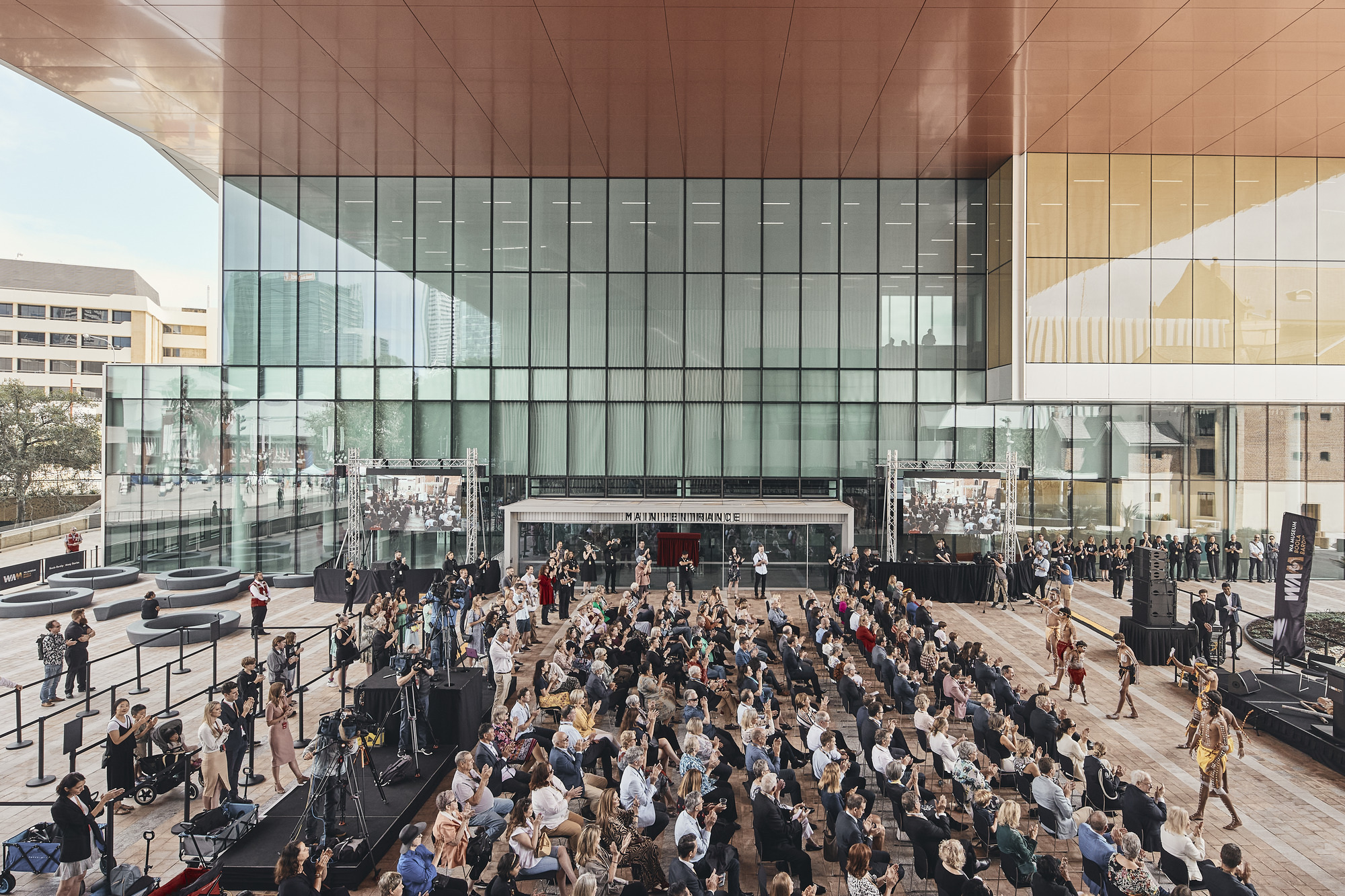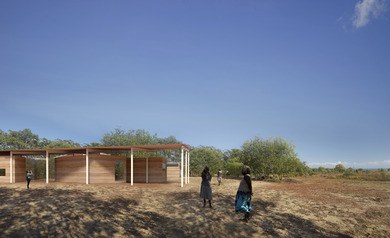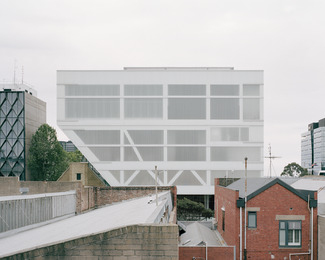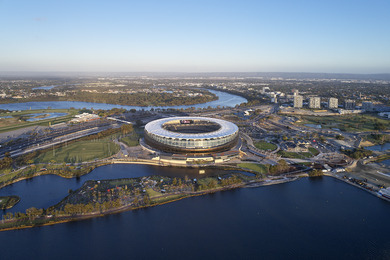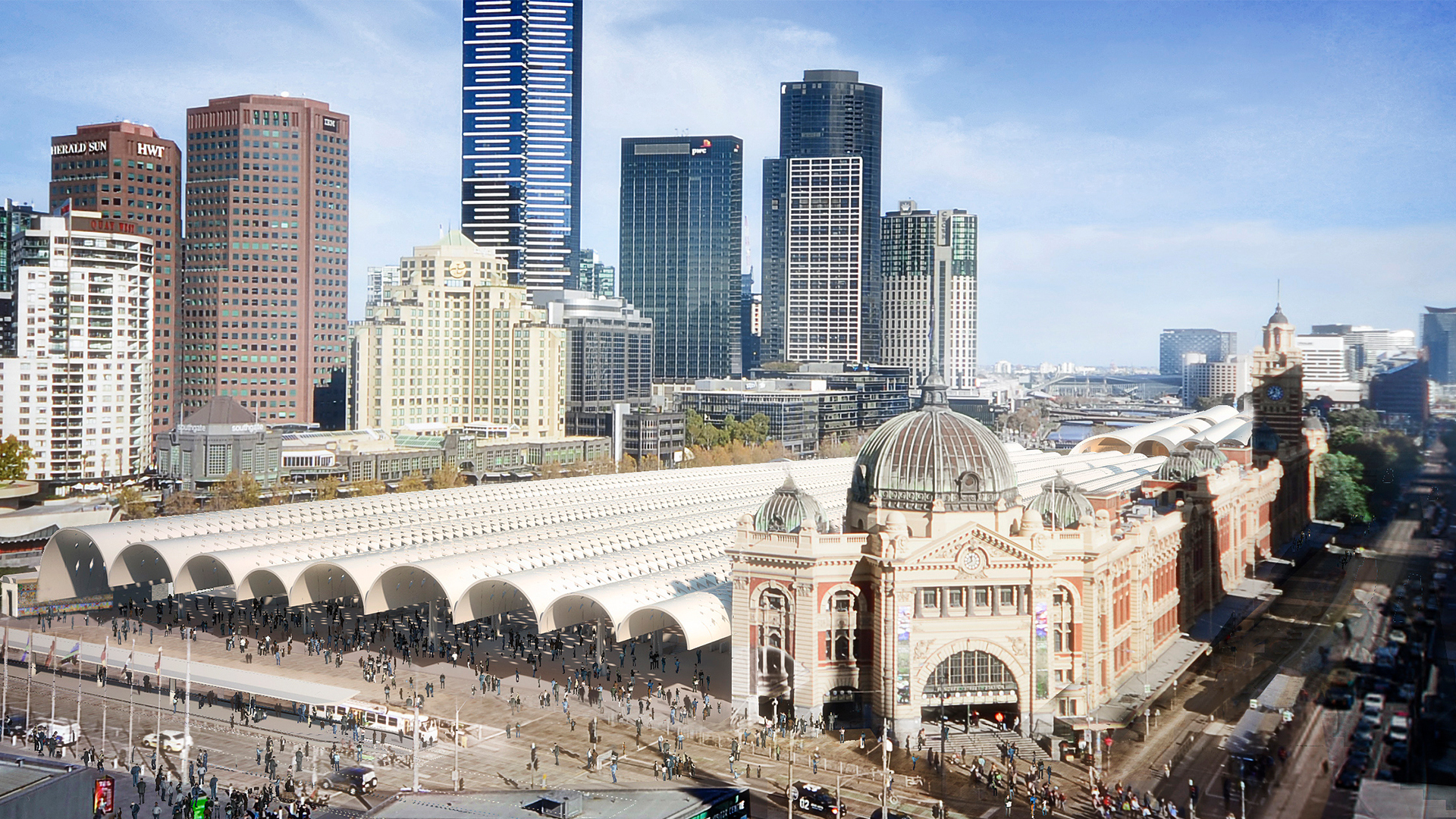Why the next MONA won’t be anything like MONA
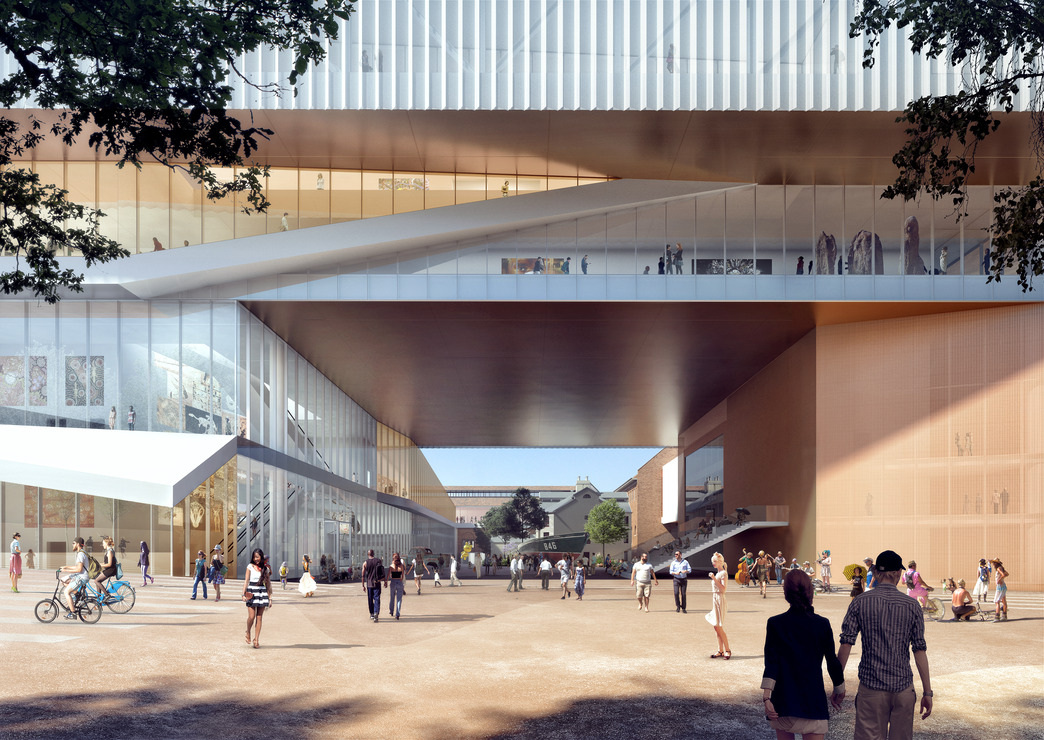
Cultural buildings that are a direct response to their local environment are more likely to gain global attention.
By Mark Loughnan with imagery by Hassell + OMA
Since MONA redefined the impact of Australian cultural tourism, other cities are looking to replicate the ‘MONA effect’. But there’s no cookie-cutter approach to creating iconic cultural precincts that turn heads on the global stage.
Successful cultural buildings – which don’t only revitalise cities, but also put them on global cultural maps – do so because they’re each designed as a considered, bespoke response (both physical and cultural) to their local environment.
RIGHT PLACE, RIGHT TIME
Would MONA work as well in the heart of Sydney? Would Frank Gehry’s Guggenheim Museum in Bilbao be as much of a drawcard nestled in New York? Would the Tate Modern have the same impact in Tokyo?
No doubt they’d still be interesting, but would they add anything to the cultural conversation? The reason these buildings work so well is because they’re intrinsically linked to place.
Obviously, cultural buildings – whether art galleries, museums or theatres – need to serve the purpose for which they’re built. An art gallery needs to engage visitors with art.
Iconic cultural buildings engage in something much bigger – they become part of the brand of the place they exist in.
And when they get it right, they can elevate that brand globally, as MONA did. This effect makes the city a ‘must-visit’ destination and attracts more people to live and work there.
YOU NEED TO KNOW A PLACE, TO SENSITIVELY SHOW A PLACE
Not every new cultural building needs to be a bold statement. Good design begins with examining the place’s cultural identity and how best to respond to that within the scope of the project.
Before a building can become part of a place, we need to understand the identity of that place, which then guides the project’s identity. Whether it needs a bold ‘wow factor’, something more subtle that feels like it’s been there forever, or something in between.
San Francisco’s M.H. de Young Memorial Museum, which I worked on as project associate at Herzog & de Meuron, exemplifies both principles at work.
The museum design takes cues from its Golden Gate Park location. The layout works like a series of interlocking ‘fingers’, so visitors engage with the park while they’re experiencing the building. Its various entry points blur the lines between park and building and mirror the softness of the surrounding landscape.
The landscaping brings art into the grounds, and the copper wrapping the building’s exterior blends into the landscape as it ages.
A centrepiece of the design is a 144-foot tower that rotates into the sky, connecting the park to the city. The tower has a public observation deck with extensive views of the area and provides an identifiable and striking focal point.
BUILDING-AS-CONVERSATION
A good cultural project is more than a home for an institution, it’s a place that gives back by creating real value in the community.
Cultural buildings are destinations where everyone can go, congregate and feel a sense of place, regardless of age or background. They’re important community assets that bring creativity to the forefront, and promote dialogue about what we value, and how.
All successful cultural projects have a certain strength of place – they anchor where they sit. They do this by coming from and reflecting the culture and ambition of where they are and what they need to be. These projects critically question what they represent and how they interact with place and people.
I see successful cultural buildings as conversations – in dialogue with their immediate surroundings, patrons, the wider community and public realm.
They ask: Who are we? What do we care about? How do we feel about our city? Then they push the conversation further into our ideas of beauty, the things we value and who we want to be.
The questions we need to ask before creating new cultural buildings are: who are we now, and who do we want to be?
Then we can understand what we want our cultural spaces to say about us. And we can create unique buildings that have conversations the rest of the world wants to hear.
